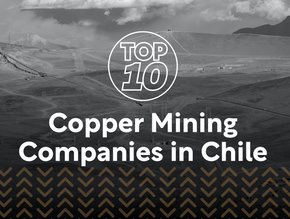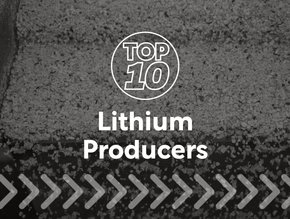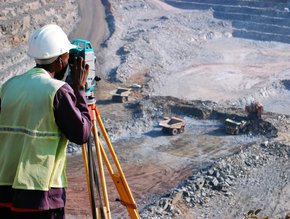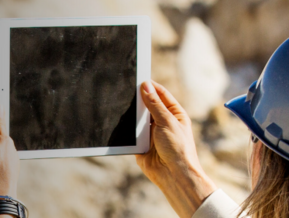The metals inside an Olympic medal for Rio 2016

With the 2016 Olympics coming to a close, a grand total of 2,488 medals were produced and awarded – 812 of them gold, 812 silver and 864 bronze.
When the medals were announced, the medals’ design was to celebrate sustainability, with the silver and bronze medals produced using 30 percent recycled materials. The gold medals were produced 100 percent free of mercury.
Mercury is used in artisanal and small-scale gold mining. It is mixed with gold-containing materials, forming a mercury-gold amalgam which is then heated, vaporizing the mercury to obtain the gold
Mercury-free mining techniques are considered safer for both the miners directly as well as local communities.
An Olympic gold medal from Rio 2016 is made up from recycled silver at 92.5 per cent purity.
This percentage of silver purity keeps the Olympic medals within the minimum IOC requirements:
- Gold medals to be composed of at least .925 grade silver plated with 6 grams of gold
- Silver medal to be composed of .925 silver
- Bronze medal to made of mostly copper (40 percent) with tin and zinc – which was made up from melded and decontaminated waste material from the Royal Mint of Brazil
As a result of the mercury free production and recycled material, the value of the gold medal is actually lower than it could have been. It is currently valued at approximately $564, based on the current commodity price of gold ($43.76 per gram) whereas if it was 100 percent gold it’s value would be closer to $22,000.
Three methods of artisanal and small-scale mercury free gold mining:
Spiral Concentrators – Specialised pans tilted on an angle with spiralled grooves in a pan which lead towards the centre where a hole is connected to a container to catch material. The pan is rotated automatically as concentrate is fed into the pan by an operator. Through water being sprayed into the spinning concentrator, lighter particles are washed away while the spiral grooves direct denser particles such as gold into the hole and centre of the concentrator. Following multiple repetitions of this process, high grade and often liberated gold is produced.
Shaking Tables – Elevated tables with raised ridges running horizontally tilted to one side. Crushed ore or sediment, otherwise known as mineral feed, and water is released onto the table and washes the feed down it. Specialised grooves on either side of the table traps gold while the water washes the lighter minerals away. The tables are shaken through a motor to aid in the separation of gold particles.
Flotation – Flotation is a process often used by large scale mining organisations in which a mixture of crushed ore and water, known as a slurry, as well as frothing agents are added into a flotation machine. Air is then released into the tank of the flotation machine and an agitator creates air bubbles within the tank. Hydrophilic minerals, such as gold, are then brought to the surface of the water through the bubbles and accumulate as froth. This froth is scraped off, creating a concentrate of gold. The flotation method is a successful process of creating a high quality concentrate of gold.






